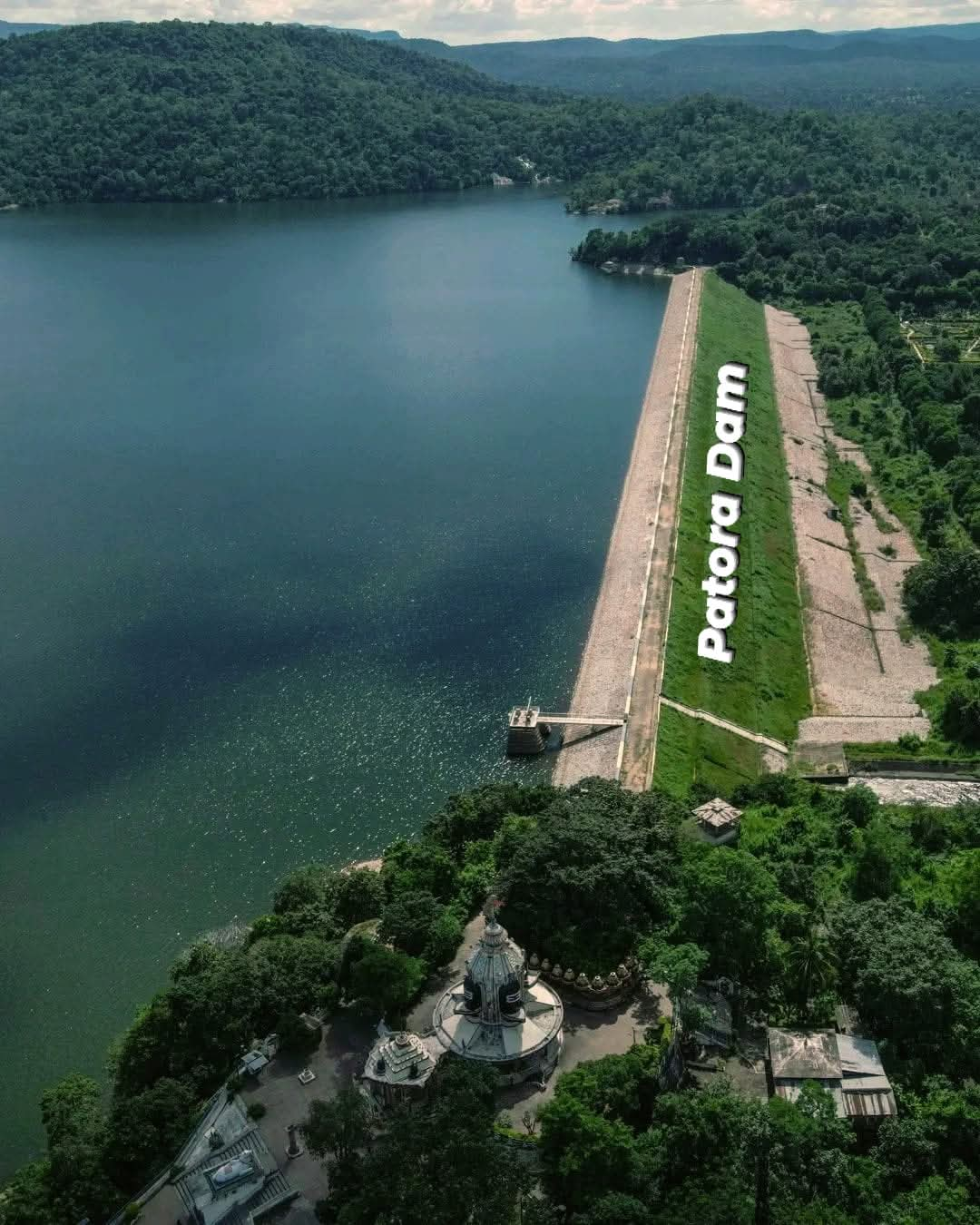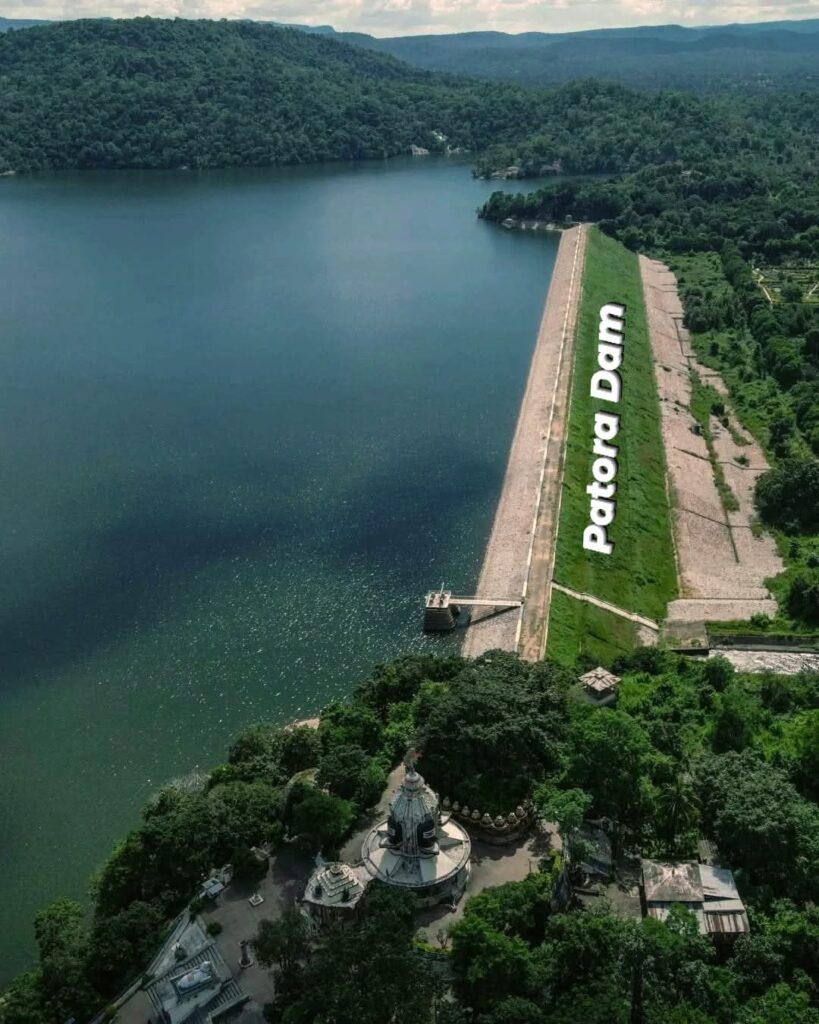

Patora Dam and Yogeshwar Temple – A Hidden Gem of Western Odisha
Introduction: Where Nature Meets Spirituality
Nestled amidst the serene hills and tribal heartland of Nuapada district in western Odisha, the Patora Dam and Yogeshwar Temple form a unique blend of natural beauty, historical depth, religious devotion, and tourism potential. While the region remains lesser-known compared to major Odisha destinations, it is steadily gaining popularity among travelers seeking peace, cultural richness, and scenic spots for family outings.
Patora Dam, built on the Jonk River, offers panoramic views of lush forests and hills, while the ancient Yogeshwar Temple, located nearby, is a significant Shaivite shrine revered by the local population. Together, they represent the soul of Nuapada – simple, spiritual, and spectacular.
🏛️ Historical Background
🔸 Yogeshwar Temple – Myth, Faith, and Antiquity
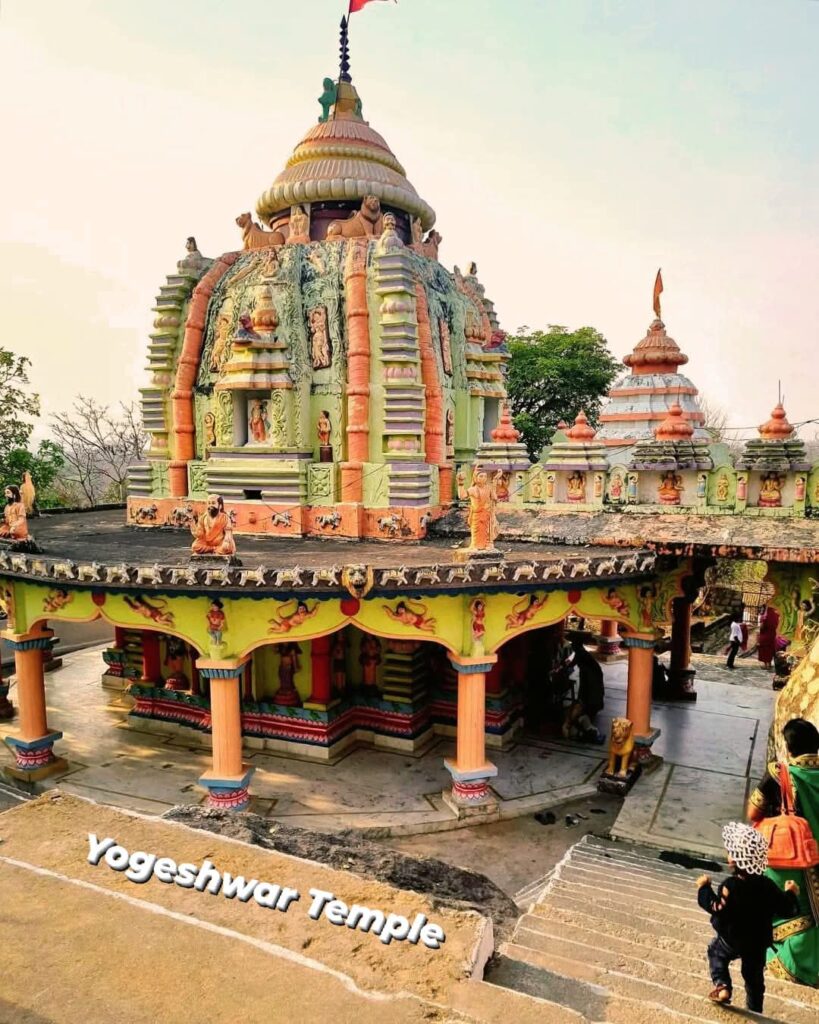
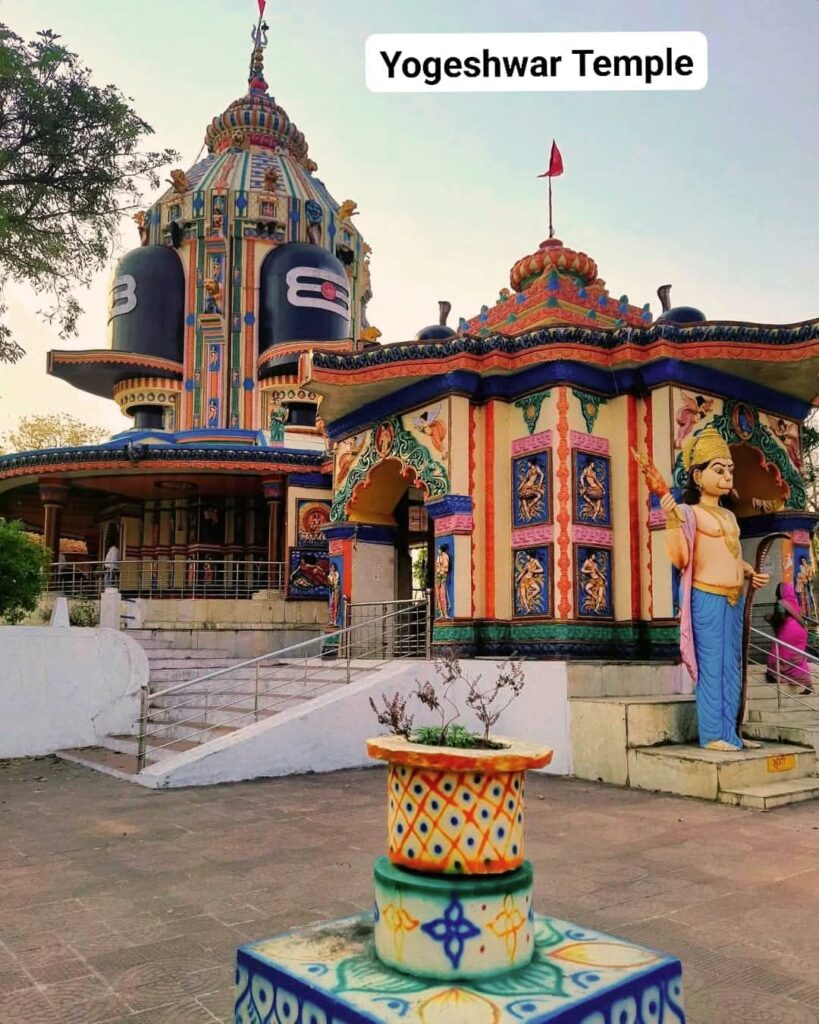
The Yogeshwar Temple is dedicated to Lord Shiva, revered here as Yogeshwar Baba. It is believed to be an ancient site of worship, possibly dating back several centuries. Though the exact date of origin is not clearly documented, oral traditions among local tribes and devotees suggest that the temple has been a center of religious activities for over 500 years.
According to local legends, Lord Shiva meditated here in his Yogeshwar form, hence the name. It is said that sages and sadhus visited this site during their spiritual journeys through the Gandhamardan ranges.
The temple architecture reflects a traditional Kalinga style, though modified and reconstructed over time by devotees and local authorities. The peaceful environment and ancient vibes add to the mystic aura of the temple.
🔸 Patora Region – Tribal Heritage
The surrounding region of Patora is home to tribal communities like the Gond and Kharia, who have historically worshipped nature and local deities. Several ancient tribal festivals, sacred groves, and folk traditions still survive in this area. The spiritual connection between Yogeshwar Temple and tribal culture is strong, as many tribals consider Yogeshwar Baba their Kul Devata (family deity).
🏞️ Patora Dam – Engineering Marvel and Scenic Retreat

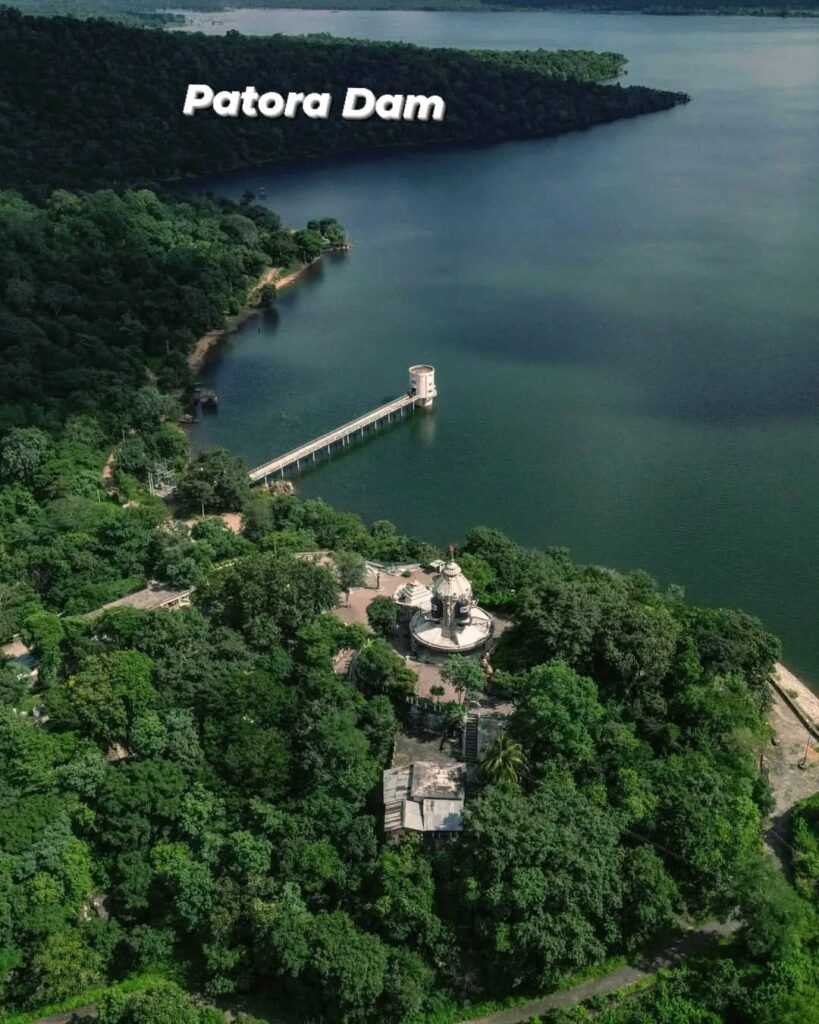
Built on the Jonk River, a tributary of the Mahanadi, the Patora Dam is a medium irrigation project that has helped transform the agricultural landscape of Nuapada district. It was constructed with the purpose of irrigation and water conservation, helping farmers in a largely dry and drought-prone zone.
But beyond its technical utility, the dam has evolved into a popular picnic and eco-tourism site. The vast stretch of calm water surrounded by hills and forests attracts tourists, nature lovers, and photographers throughout the year.
🌄 Tourism Highlights
1. Patora Dam Viewpoint
The dam offers spectacular panoramic views, especially during sunrise and sunset. Boating and photography are common activities here. During the monsoon, the water level rises and adds dramatic beauty to the landscape.
2. Yogeshwar Temple Pilgrimage
Pilgrims visit the Yogeshwar Temple year-round, but Shivratri, Sawan Mondays, and Makar Sankranti draw large crowds. Ritual bathing in the Jonk River is considered sacred.
3. Local Tribal Culture
Tourists can explore tribal lifestyles, dances, and art forms in nearby villages. The vibrant culture adds a rich layer of human experience to the natural surroundings.
4. Trekking and Nature Walks
The nearby hills and forests are ideal for light trekking, birdwatching, and nature photography. Medicinal plants, butterflies, and forest wildlife enrich the experience.
🧺 Picnic and Family Outings
Patora Dam is among the top picnic destinations in western Odisha, especially for families, school trips, and college outings. The dam site has:
- Open grassy spaces
- Shaded trees
- Riverside spots for cooking and relaxing
- Restrooms and drinking water facilities
- Local food stalls (during festivals)
During winter and post-monsoon, it becomes a bustling hub for locals from Nuapada, Khariar, Komna, and even Bargarh and Kalahandi.
🧘♂️ Spiritual Atmosphere and Yoga Tourism
Given its tranquil location and historical connection with Lord Shiva as Yogeshwar (the master of yoga), the area holds potential for yoga retreats, meditation camps, and spiritual tourism. Several sadhus still visit the site during their annual journeys.
📜 Significance in Modern Odisha
Both Patora Dam and Yogeshwar Temple have become symbols of regional pride for Nuapada. The Odisha Government has identified the site for rural and eco-tourism development, with future plans for improved amenities, accommodation, and guided experiences.
The dam also plays a vital role in supporting agriculture, helping to reduce migration and unemployment by sustaining local farming.
🗺️ Tabular Information: At a Glance
| Feature | Details |
|---|---|
| Location | Patora village, Nuapada district, Odisha |
| Nearest Town | Nuapada (~15 km) |
| Major River | Jonk River (tributary of Mahanadi) |
| Attractions | Patora Dam, Yogeshwar Temple, nature trails, tribal culture |
| Best Time to Visit | October to March |
| Main Festivals | Maha Shivratri, Sawan Somvar, Makar Sankranti |
| Activities | Picnics, boating, trekking, temple darshan, photography |
| Connectivity | Road from Nuapada, NH-353 via Khariar |
| Nearest Railway Station | Nuapada Road (~18 km) |
| Nearest Airport | Raipur Airport (~190 km) |
| Accommodation | Basic hotels at Nuapada, rest houses; future plans for eco-resorts |
🚗 How to Reach Patora Dam and Yogeshwar Temple
📍 By Road:
- From Nuapada town: 15 km via good motorable road
- From Bhawanipatna: ~100 km
- From Raipur (Chhattisgarh): ~190 km via Nuapada-Khariar road
- Local transport includes buses, autos, and taxis
🚉 By Rail:
- Nuapada Road Railway Station (on the Vizianagaram–Raipur route)
- Connected to major cities like Sambalpur, Raipur, Vizianagaram
✈️ By Air:
- Swami Vivekananda Airport, Raipur (~190 km away) is the nearest airport
🏨 Accommodation and Amenities
While Patora itself doesn’t have major hotels, tourists can stay in:
- Budget lodges and guest houses in Nuapada town
- Basic rest houses maintained by the government
- Future tourism development may bring eco-cottages and homestays
Local eateries and stalls offer traditional Odia vegetarian meals, snacks, and sweets.
🏛️ Nearby Attractions
| Place | Description | Distance |
|---|---|---|
| Harishankar Temple | Famous Shiva temple at the foot of Gandhamardan | ~40 km |
| Nrusinghanath Temple | Another Gandhamardan temple with mythological roots | ~60 km |
| Sunabeda Plateau | Forest and plateau rich in flora and waterfalls | ~70 km |
| Khariar Town | Small town with markets, parks, and historical spots | ~25 km |
🧭 Suggested Itinerary (2 Days)
Day 1:
- Morning: Reach Nuapada and drive to Patora Dam
- Afternoon: Picnic by the dam, boating, nature photography
- Evening: Visit Yogeshwar Temple for aarti
Day 2:
- Morning: Explore nearby tribal villages or head to Harishankar Temple
- Afternoon: Return to Nuapada or onward journey to Bhawanipatna/Raipur
🌿 Ecological and Cultural Importance
- The Jonk River supports aquatic biodiversity and farming.
- Hills around the dam are rich in herbal plants and wildlife.
- The site is part of a larger conservation zone, and locals maintain a respectful balance with nature.
- Traditional tribal beliefs blend with Shaivism here, reflecting Odisha’s cultural diversity.
✅ Conclusion: A Destination with Soul
Patora Dam and Yogeshwar Temple offer more than just sightseeing—they offer a complete experience of Odisha’s spiritual heritage, natural splendor, tribal culture, and rural charm. It is perfect for pilgrims, families, nature lovers, and curious travelers alike.
As Odisha continues to promote rural tourism, Patora stands ready to emerge as a spiritual eco-tourism gem – peaceful, pure, and profoundly moving.
Follow Our Facebook Page
Koilighughar- The Beauty of Nature
